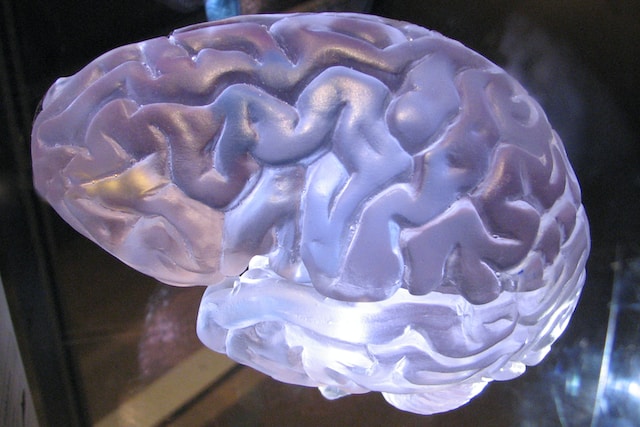Peripheral neuropathy, a debilitating condition affecting millions, is known for its painful and often disabling symptoms, including numbness, tingling, and loss of function in the extremities. Traditionally, neuropathy treatments have focused on managing symptoms rather than addressing the underlying nerve damage. However, recent advancements in regenerative neurotherapy are shifting the focus toward healing, providing patients with hope for a future of improved care and long-term relief.
The Evolution of Neuropathy Treatment
Historically, neuropathy care has been centered around controlling pain and managing discomfort. Medications such as pain relievers, anti-seizure drugs, and antidepressants have been common in treating nerve pain. Physical therapy and lifestyle changes have also been essential for helping patients cope with their symptoms. While these approaches can offer temporary relief, they do not address the root cause of the nerve damage.
Enter regenerative neurotherapy, a cutting-edge approach that utilizes the body’s natural healing processes to restore nerve function. This form of therapy represents a significant departure from conventional treatments by focusing on regeneration rather than symptom suppression. As research progresses, regenerative neurotherapy is beginning to change the future of neuropathy care by providing patients with long-term solutions and the potential to reverse nerve damage.
The Power of Stem Cells in Nerve Regeneration
One of the key drivers of regenerative neurotherapy is the use of stem cells. Stem cells, particularly mesenchymal stem cells (MSCs), have the remarkable ability to differentiate into various cell types, including nerve cells. These cells can repair and regenerate damaged tissues, offering a promising treatment option for patients with neuropathy. By injecting stem cells into areas where nerve damage has occurred, doctors can promote the repair of nerve tissue, potentially restoring normal function and reducing pain.
Stem cell therapy not only offers relief from symptoms but also works to heal the nerves themselves. This approach aims to reverse the damage that causes neuropathy, offering patients hope for a long-term recovery rather than simply managing symptoms.
PRP and Exosome Therapy: Supporting Healing
In addition to stem cell therapy, platelet-rich plasma (PRP) and exosome therapy are becoming essential components of regenerative neurotherapy. PRP involves using the patient’s own blood to create a concentrated plasma rich in growth factors. When injected into damaged nerve areas, PRP stimulates healing, reduces inflammation, and promotes tissue regeneration.
Exosomes, small vesicles released by stem cells, play a critical role in cell communication and repair. Exosome therapy harnesses these tiny messengers to promote nerve healing and regeneration. By supporting the body’s natural ability to repair itself, PRP and exosome therapies complement stem cell treatments, offering a comprehensive regenerative approach to neuropathy care.

Personalization: A Key to Success
Regenerative neurotherapy is highly personalized. Each patient’s condition is evaluated individually to create a tailored treatment plan. Diagnostic tools, such as nerve conduction studies and imaging techniques, help doctors identify the extent of nerve damage, allowing for customized interventions. This precision ensures that the therapies are specifically designed to address each patient’s unique needs, improving the chances of successful outcomes.
A Future of Hope for Neuropathy Patients
The introduction of regenerative neurotherapy is transforming the way neuropathy is treated, offering hope for a future where nerve damage can be reversed. As research in regenerative medicine continues to advance, the possibilities for neuropathy care are expanding. Treatments are becoming more refined, accessible, and effective, offering patients long-term relief and the potential for a full recovery.
Conclusion
Regenerative neurotherapy is changing the future of neuropathy care by shifting the focus from symptom management to healing. With innovative therapies like stem cells, PRP, and exosomes, this approach is providing patients with new hope for improved quality of life and long-term solutions to the challenges of neuropathy. As this field continues to grow, it has the potential to revolutionize the way we approach nerve damage, making it a cornerstone of neuropathy treatment in the years to come.














Leave a Reply